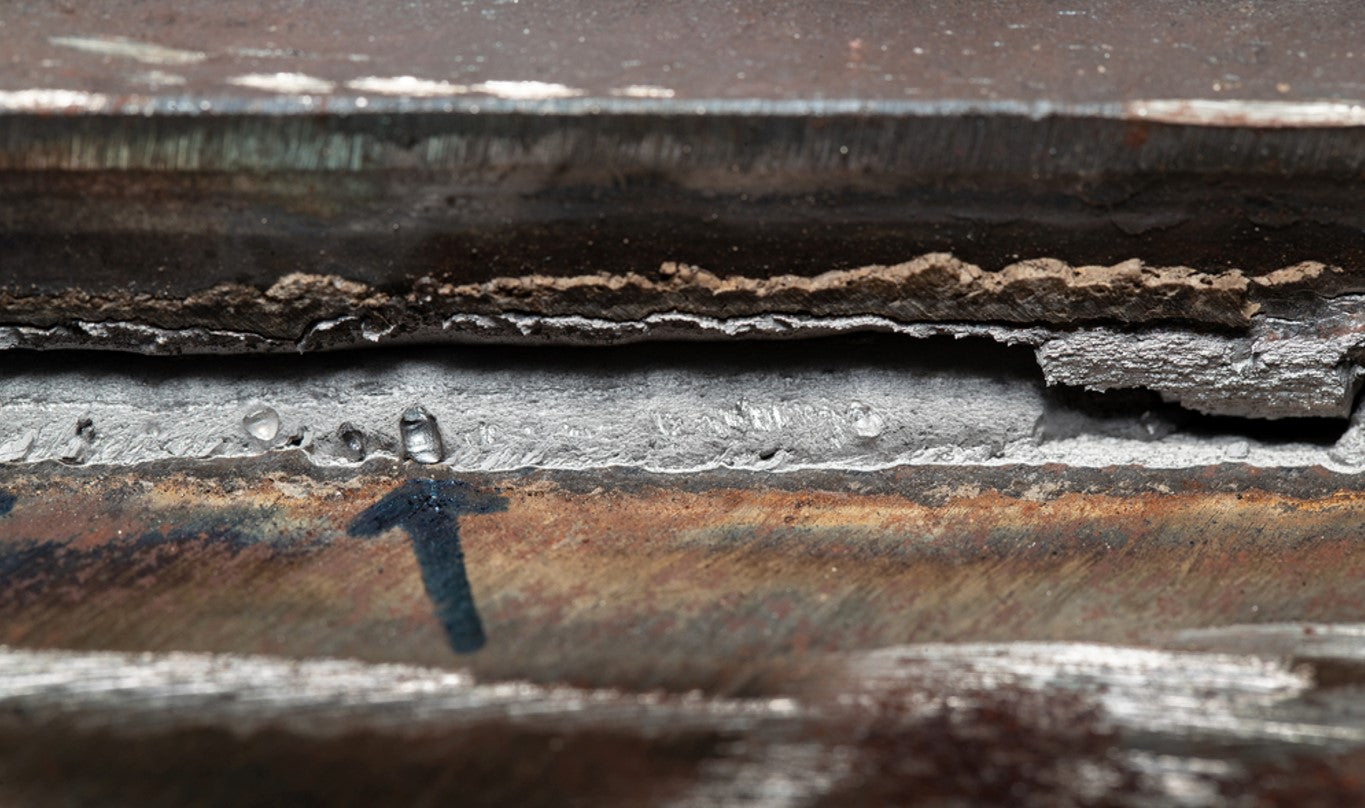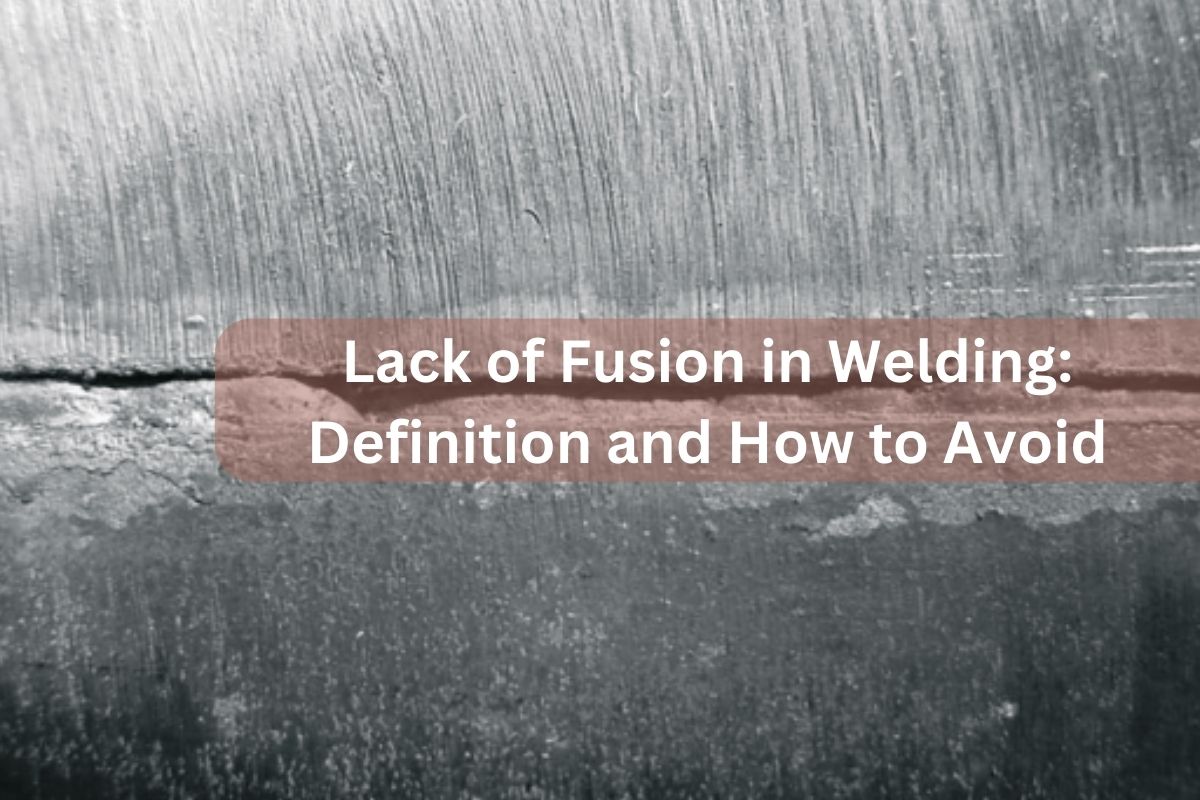Preventing Weld Undercut Made Easy: Secret Techniques Unveiled
Preventing Weld Undercut Made Easy: Secret Techniques Unveiled
Blog Article
Important Tips for Welders: Preventing Undercut Welding and Ensuring Stronger Weld Joints
In the world of welding, accomplishing solid and resilient weld joints is the cornerstone of producing top quality work. One typical difficulty that welders often experience is undercut welding, which can compromise the integrity of the weld joint. By recognizing the variables that add to undercutting and applying the right techniques and precautions, welders can successfully stop this issue and ensure the long life and toughness of their welds. Let's explore some vital ideas that can aid welders browse this obstacle and boost the high quality of their welding tasks.

Understanding Undercut Welding
Undercut welding is a typical welding issue that happens when the weld steel fails to effectively load the groove and leads to a groove-like clinical depression along the weld grain. This problem damages the weld joint, making it susceptible to splitting and failure under tension. Damaging can be triggered by numerous elements, consisting of too much welding existing, high welding speed, inappropriate electrode angle, incorrect electrode dimension, and inadequate welding technique.
One of the main reasons for undercut welding is an imbalance in between the welding existing and the welding speed. If the welding current is expensive or the welding speed is as well fast, the weld metal may not effectively fill up the groove, bring about damaging. Additionally, utilizing an electrode that is as well huge can cause a similar outcome, as the excess metal can not appropriately move into the groove.
To avoid undercut welding, welders must ensure they are utilizing the right welding specifications, maintain an ideal electrode angle, choose the ideal electrode size, and technique correct welding techniques. By resolving these variables, welders can lessen the danger of damaging and develop more powerful, much more trustworthy weld joints.
Proper Welding Strategy
Effective welding strategy plays an essential function in making sure the high quality and stability of weld joints. One fundamental facet of correct welding method is maintaining the proper angle and range between the welding weapon and the work surface.
Additionally, a regular and steady hand motion is important for developing solid and resilient weld joints. Welders must go for smooth, consistent movements to guarantee also circulation of the weld product. Appropriate adjustment of the welding weapon and filler product is likewise crucial to attaining ideal infiltration and combination.
Furthermore, regulating the heat input and picking the ideal welding parameters based upon the product being welded are critical factors in achieving high-quality welds - Preventing weld undercut. Welders need to comply with the recommended settings provided by welding treatment specs and readjust them as needed based upon the details needs of the project. By mastering proper welding methods, welders can substantially enhance the toughness and dependability of their weld joints
Picking the Right Electrode
Keeping the right angle and range in between the welding weapon and the work surface is fundamental when considering the value of picking the appropriate electrode in check out here welding applications. The option of electrode plays an essential function in establishing the top quality and toughness of the weld joint. Electrodes are available in various types, each developed for specific functions and products.
First of all, selecting the suitable electrode size is essential. Thinner electrodes appropriate for welding thin materials, while thicker electrodes are better for thicker products and greater heat applications. Matching the electrode size to the thickness of the workpiece assists accomplish a well balanced weld.
Second of all, recognizing the material structure of the electrode is important. Different electrodes are developed for welding certain materials like steel, stainless steel, aluminum, or cast iron. Making use of the correct electrode material makes sure good combination and decreases the risk of flaws in the weld.
Last but not least, considering the welding position and technique is important when choosing the electrode type. Certain electrodes are better matched for above or vertical welding settings, while others function well for flat or straight placements. Selecting the right electrode based on the welding method boosts the overall weld quality and stability.
Preparing the Base Steel
To ensure an effective welding procedure, what first actions should be taken when preparing the base steel for welding? Effectively preparing the base steel is vital for achieving resilient and strong weld joints. The first action in preparing the base metal is to clean it extensively to remove any my review here impurities such as corrosion, oil, paint, or dirt. This can be done using a cable chemical, mill, or brush solvents. In addition, any type of existing weld material or deposit from previous welding ought to be eliminated to make certain a tidy surface for the new weld.

Conducting Post-Weld Examinations

After conducting these evaluations, welders have to compare the outcomes versus market standards and project needs to ensure that the weld joint fulfills all necessary standards. Any kind of deviations or inadequacies discovered during the post-weld examination must be without delay attended to via ideal corrective steps to ensure the weld's integrity. By vigilantly performing post-weld evaluations and without delay resolving any type of problems, welders can maintain the high quality and dependability of their job, ultimately contributing to the safety and security and longevity of the welded frameworks.
Conclusion

Finally, protecting against undercut welding and ensuring stronger weld joints require a combination of correct welding technique, picking the best electrode, preparing the base steel correctly, and carrying out post-weld examinations. By understanding the sources of undercut welding and carrying out the required precautions, welders can produce premium weld joints that satisfy sector standards and guarantee the architectural integrity of the welded components.
Undercut welding is a typical welding issue that takes place when the weld metal falls short to correctly fill the groove and results in a groove-like clinical depression along the weld grain (Preventing weld undercut). Damaging can be triggered by various variables, consisting of extreme welding existing, high welding speed, incorrect electrode angle, inaccurate electrode dimension, and bad welding strategy
One of the main reasons for undercut welding is a discrepancy between the welding current and the welding rate. If the welding current is too high or the welding speed is as well quickly, the weld steel might not sufficiently load the groove, leading to undercutting.Maintaining the correct angle and range in between the welding gun and the work surface is basic when taking into consideration the relevance of selecting the best electrode in welding applications.
Report this page